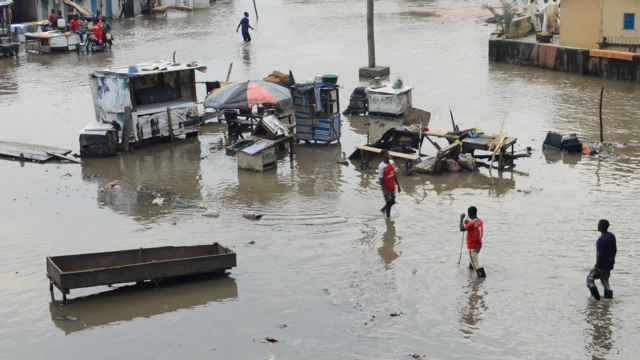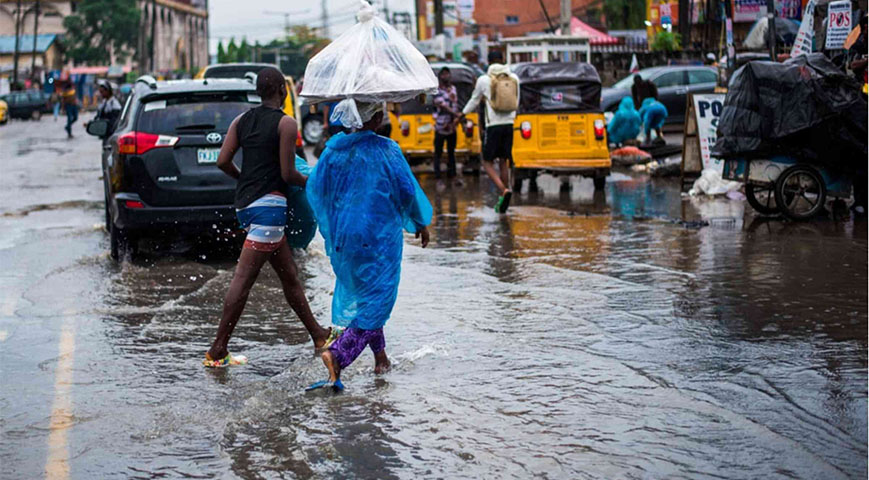Severe floods have devastated Chad’s capital, N'Djamena, leaving locals like Dah Toubada Kadapia questioning authorities' preparedness.
Standing on sandbags in his flooded backyard, Kadapia echoed the frustrations of many residents who wondered why more wasn’t done to prevent the widespread destruction. Despite forecasts warning of heavy rains, infrastructure and disaster preparedness efforts fell short.
Chad and neighboring countries on the fringes of the Sahara, including Niger, Nigeria, and Mali, have been struck by seasonal floods, affecting millions.
Did you read this?
The United Nations Office for the Coordination of Humanitarian Affairs (OCHA) reports that floods have claimed over 1,460 lives this year. Heavy rainfall has flooded all 23 provinces of Chad, breached a dam in northern Nigeria, and destroyed ancient buildings in Niger’s desert city of Agadez.
The Sahel region is increasingly vulnerable to floods due to climate change, poor urban planning, and rising rainfall intensity. A study in the Journal of Hydrology highlighted the growing havoc in these regions, with surging economic losses linked to floods.
The World Meteorological Organization (WMO) noted that from 2010 to 2019, Africa’s flood-related economic damages soared to $12.5 billion, more than double the previous three decades.

This year, the monsoon belt shifted further north than usual, causing heavy rains in desert areas of Chad, Niger, and Mali. The July-September period was among the wettest in three decades, with some regions seeing more rain than in the catastrophic 2022 season.
Mali even declared a national disaster, delaying the academic year due to widespread flooding.
Experts warn that climate change has intensified rainfall patterns in West Africa. While early warning systems have been implemented, the continent’s poorest communities often lack the resources to act on these alerts.
In Chad, where 40% of the population lives in poverty, addressing disaster impacts requires more than just warnings—it demands comprehensive preparedness plans, adequate funding, and community engagement.









